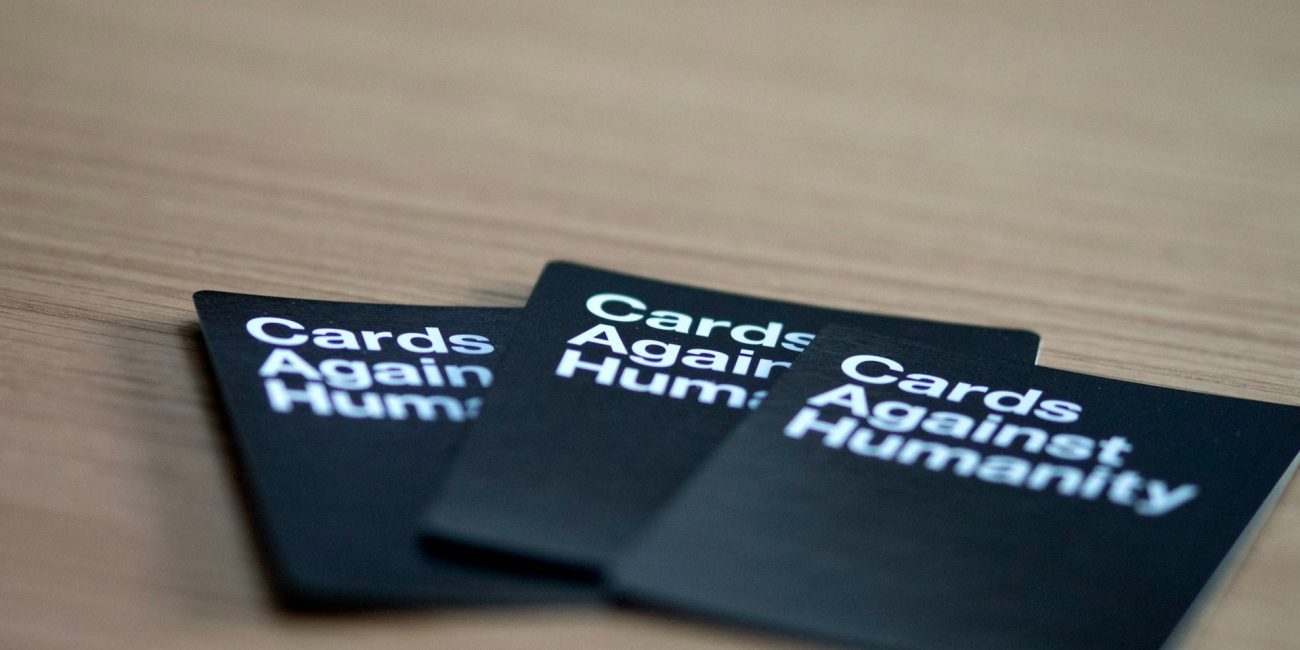A “quick and dirty game” is a term commonly used in the world of game design and development to describe a simplified, hastily assembled version of a game that is created with speed and efficiency in mind. The primary goal of such a game isn’t necessarily to be polished, fully polished, or commercially successful, but rather to quickly prototype an idea, test a concept, or provide a proof of concept that can be refined later. These games are often developed in a short time frame, sometimes within a matter of hours or days, using minimal resources and basic mechanics.
The essence of a quick and dirty game lies in its focus on functionality over finesse. Developers or designers strip down gameplay to its core elements, avoiding complex graphics, detailed storylines, or elaborate mechanics. Instead, they prioritize delivering a playable experience that demonstrates a particular mechanic, idea, or interaction. For example, if a designer wants to test how a new movement system feels, they might create a simple game where the player character can jump and run, ignoring other features like enemies, scoring, or detailed visuals. This approach allows for rapid iteration and experimentation without getting bogged down by unnecessary detail.
This type of game is especially prevalent in the early stages of game development, where the primary goal is to validate concepts before investing significant time and money into full production. It’s also popular among indie developers, hobbyists, or students who want to quickly learn or practice game design principles. By focusing on only the most essential elements, they can identify what works, what doesn’t, and what needs further development, all while maintaining a flexible, iterative process.
Despite its name, a quick and dirty game isn’t meant to be the final product. Instead, it serves as a stepping stone toward a more polished and complete game. Once the core mechanics are tested and refined, developers can gradually add more features, improve visuals, and polish gameplay. The initial “dirty” version provides valuable insights that inform subsequent development phases, reducing risk and increasing the chances of success for the final project.
In some cases, quick and dirty games are released as experimental or experimental prototypes, often as part of hackathons, game jams, or rapid development cycles. These events emphasize creativity, innovation, and rapid prototyping. Participants are encouraged to produce playable games quickly, sometimes within 48 hours or less, focusing on ideas rather than perfection. The results can be surprising and inventive, often inspiring further development or serving as a foundation for more ambitious projects.
In summary, a quick and dirty game is a minimal, hastily built version of a game designed for rapid testing and experimentation. It prioritizes speed and core functionality over polish and completeness, enabling developers to iterate quickly, validate ideas, and lay the groundwork for more refined versions. While it may lack the visual appeal and depth of a finished game, its value lies in its usefulness as a tool for learning, innovation, and efficient development.








No Comment! Be the first one.